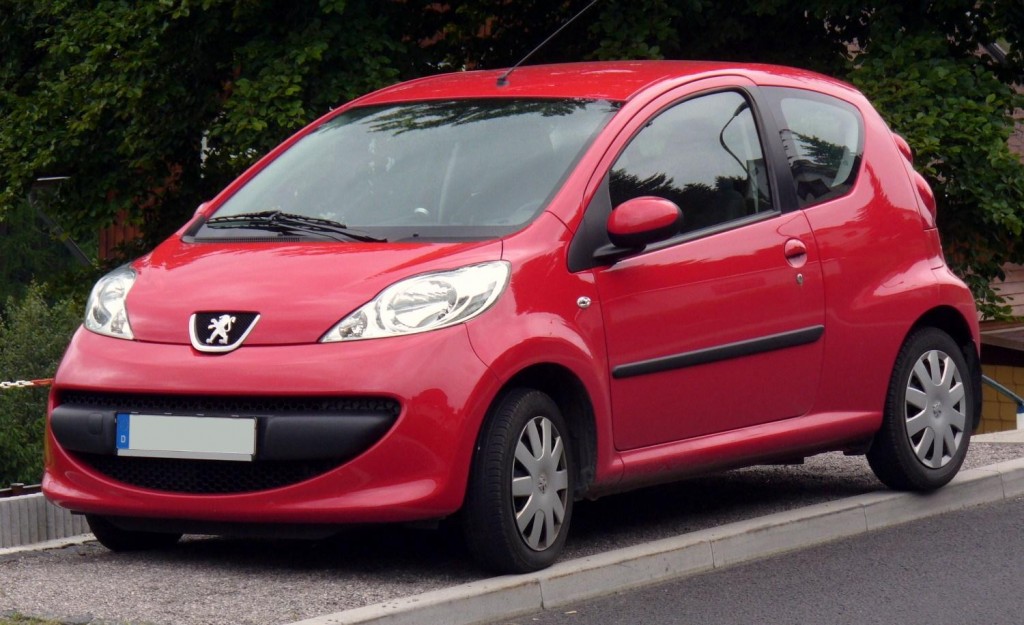Hybrid air sounds a bit worrying – just what are they proposing to cut our air with? It’s actually a technology that allows a car to run on compressed air with gasoline back-up for longer journeys and high speeds. Peugeot are about start mass production.
Compressed air is a way of storing energy with some advantages over traditional batteries, including the capacity to release more power in a short amount of time for quick acceleration, less toxic materials and longer lifetimes for storage vessels. However, there are disadvantages as well, particularly that the power released tends to be much higher when fully charged, and adapting to this can be a challenge.
Rather than charging the batteries up at a power-point, a pump compresses air into a storage tank within the car. As the air is released the energy of expansion is captured to drive the car. Peugeot estimate their cars will do 2.9 l/100km, releasing just 69g CO2/km, when they hit the market next year. The EU standard for 2021 is 95g CO2/km. By then Peugeot expect to have improved performance by almost 50%, to 2 L/100km or 117 MPG.
Part of the secret is the control system that chooses the best combination of petrol power and compressed gas under the circumstances, running on air below 70kph and internal combustion at high speeds. Like other hybrids brake energy regeneration stores energy when coming to a stop to use when driving again.
With hybrid cars that run on batteries now dominating some markets and sales of electric cars and plug-in hybrids reaching the hundreds of thousands it is possible that compressed air has left its run too late. However, Peugeot claim their first versions, using the Citroën C3 and Peugeot 208 models, will sell for less than existing hybrid.






